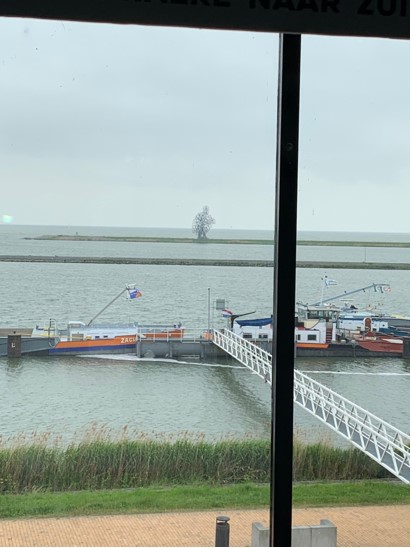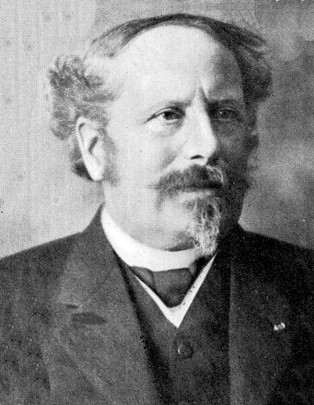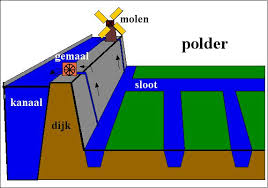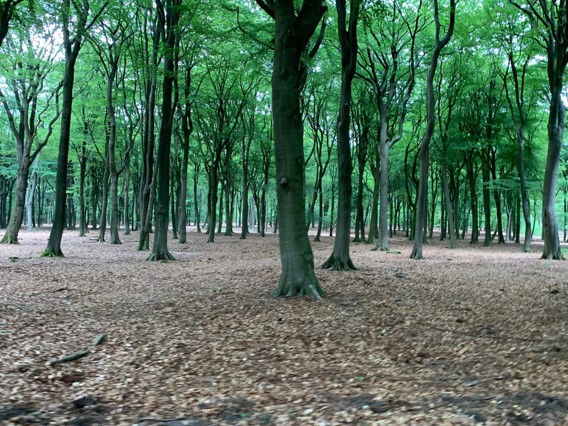By Beck, Natural Resources: Ecology/ Green Building & Community Development Major; Senior
After a much needed rest, we awoke in the Apollo hotel in Lelystad. We had a wonderful breakfast provided by the hotel then set out towards Nieuwland Museum (Batvia Land) in the province of Flevoland. In the museum, we were greeted by a nice man named Maarten. Maarten then took us into the Museum’s theater room to teach about the area’s history and how its land was reclaimed from the sea.

Without dikes and polders all of the province of Flevoland would be under water. After suffering from deadly floods throughout much of the 1800s, the minister of Water Management Cornelis Lely came up with a plan to counter these floods and open up these lands for development and agriculture. The project named the Zuiderzee project was passed in 1918, but unfortunately the project did not start until 1930 after Lely’s (1854-1929) death. In 1932 they began piling up rocks to create a dike across the Zuider Sea. In 1948 the Northeast polder in Flevoland was built during World War II, then in 1957 the polder where the town of Lelystad is now located was completed. Finally in 1975 the final dike and polder was completed to create the most recent piece of land in Flevoland.

A lot of work goes into creating a dike and polder. It starts with the construction of a ring dike, which is basically the piling of rock and dirt in open water to create a divide. Once the ring dike is complete, water pumping stations are situated in front of canals and pump all the water out through the canal until the area behind the dike is dry. Dredge canals are then put into place to remove the remaining muddy water in the polder, allowing the soil to mature. Once the soil has matured the land is ready for agricultural production.

Since the completion of the dikes and polders, the land has seen a rapid rise in population, agricultural production, and less floods. Old shipwrecks are marked and serve as a reminder that this land was once a part of the sea.

The Zuiderzee project proved that significant accomplishments can be made with land development and water management. As sea levels continue to rise at rapid rates, it is imperative that tremendous achievements such as the Zuiderzee project are referenced and perhaps replicated in areas that may be reclaimed by the sea in the near future.

After the museum presentation and tour we biked approximately 59 km to the town of Apeldoorn. Although the ride was long it was rather peaceful riding through dense forests, beautiful meadows, and endearing small towns. I am excited for what’s in store tomorrow and can’t wait!
Day’s total distance: 69.8 km (43.4 mi)
Provinces we have visited or biked through (of 12 in the Netherlands): 4
